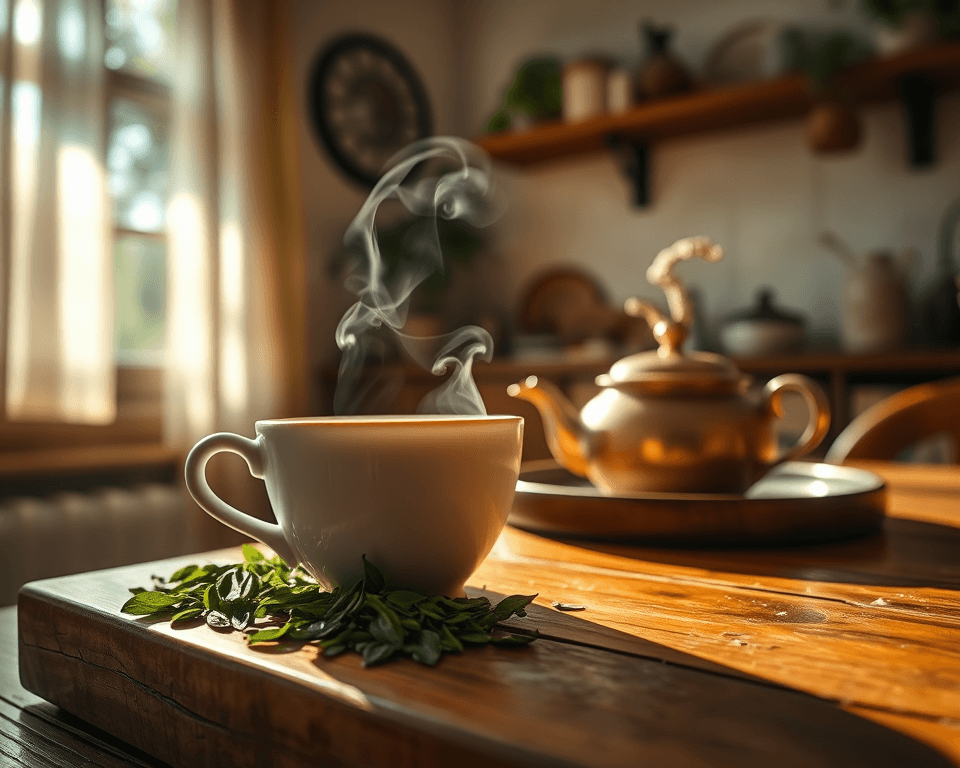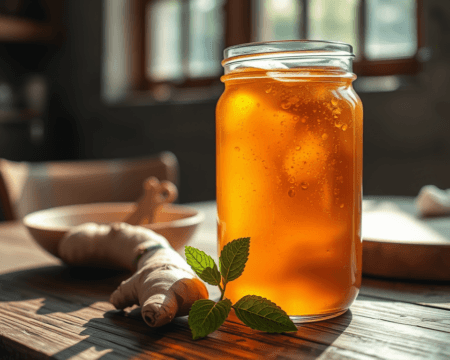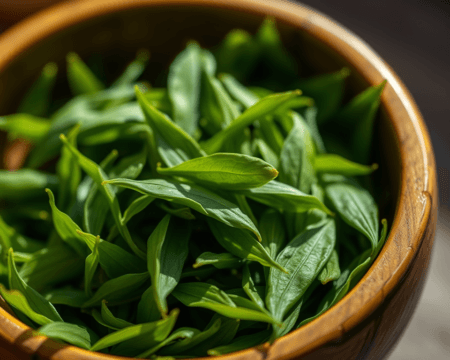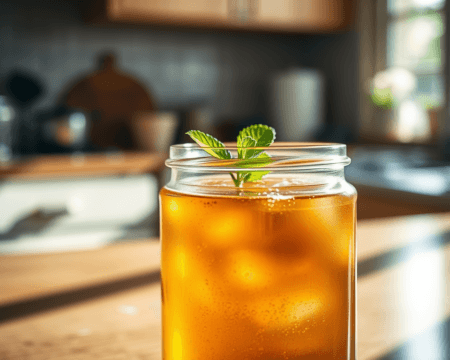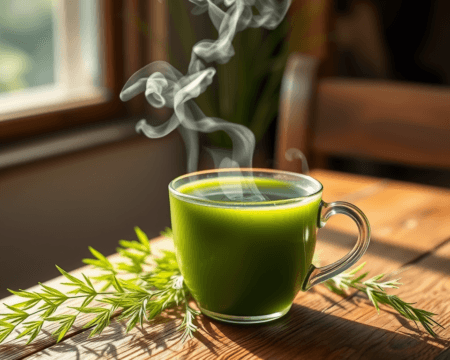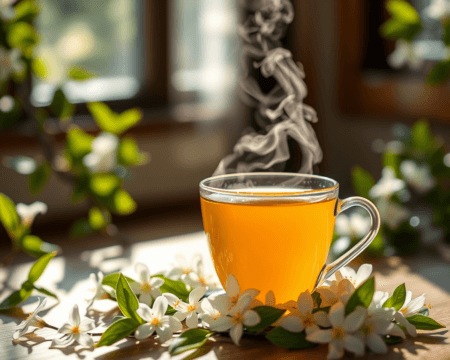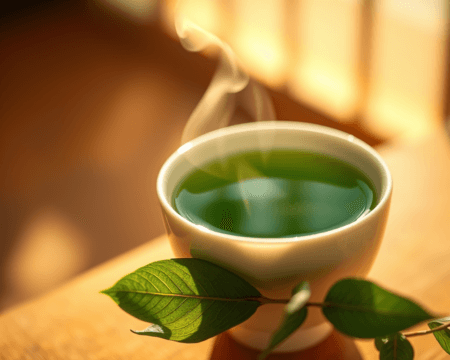If you’re even remotely like me, tea isn’t just a drink; it’s a whole experience. I grew up watching family members steeping leaves while sharing stories, whether over winter holidays or on lazy Sunday afternoons. What I didn’t know then was that the magic started with a single plant: the tea plant, Camellia sinensis. Let’s unwrap the wonders of this botanical marvel—its varieties, cultivation hacks, and the cultural significance that makes every cup of tea worth savoring.
Key Takeaways
- The tea plant, Camellia sinensis, has various species with distinct characteristics.
- Harvesting techniques dramatically affect the flavor and quality of the different teas.
- Optimal environmental conditions for growing tea include specific climates, altitudes, and soil types.
- Tea culture varies widely around the world, enriching its enjoyment with rituals and flavors.
Understanding the Tea Plant: Botanical Characteristics
Physical Description of the Tea Plant
At first glance, the tea plant is an evergreen shrub that can grow up to 15 feet tall if left unchecked. But don’t worry—most cultivators keep it pruned to about three feet for easier harvesting. Its leaves are glossy green and can range from 2 to 5 inches long. What’s fascinating is the flowers—small, creamy white with a splash of yellow in the center. Picture this: you’re on a hillside, surrounded by these lush shrubs, breathing in the fresh air. It’s a sight to behold!
The plant’s anatomical features are equally intriguing. The leaves contain essential oils and polyphenols, components that play a big role in the flavor profile of the tea. These traits are key indicators when selecting the best leaves during the harvest.
Types of Tea Plants and Their Species
Now let’s talk varieties. While many might only think of black and green tea, there’s more to the Camellia sinensis family than meets the eye.
- Camellia sinensis var. sinensis: This one’s mainly found in China, known for its delicate leaves perfect for green and white teas.
- Camellia sinensis var. assamica: The robust leaves of this variety thrive in Assam, India, producing rich, full-bodied black teas.
Ever heard the term oxidized? That refers to how the tea leaves undergo processes that dramatically change their flavor and characteristics. Black tea, for example, is fully oxidized, while green tea is non-oxidized. Then there’s oolong, sitting somewhere in between!
If you’re interested in the nuances, grab a selection of different teas and compare. You’ll notice the flavors, colors, and aromas vary immensely just based on the type of plant.
The Process of Tea Production: From Plant to Cup
Harvesting Techniques
Harvest time is crucial. This is when the magic starts. It’s a race against time; tea leaves must be picked at their peak freshness. Generally, there are two methods of harvesting: hand-picking and machine harvesting. Trust me, hand-picking often yields higher quality leaves, with the subtle timing making all the difference in flavor.
Each leaf selection matters. For top-tier teas, only the youngest leaves and buds, often referred to as “two leaves and a bud,” are picked. Machine harvesting can be tempting for efficiency, but it’s a bit like using a chainsaw to prune a bonsai tree; not the best strategy if you’re looking for finesse!
Types of Tea and Their Distinctive Flavor Profiles
Now we’re getting to the fun part—the varieties! You’ve got your classic black tea, known for its strong flavor and rich color, perfect for that morning kick. Then there’s green tea, which brings a refreshing lightness—ideal for afternoons. Oolong bridges the gap, offering floral notes and a complexity that keeps you coming back for more. And don’t forget about white tea, harvested from young buds for a subtle, delicate flavor, and herbal tea, which can run the gamut from chamomile to hibiscus.
How you brew makes a difference, too. Temperature and steep time can transform your experience. Black tea typically needs boiling water and a strong steep, while green tea prefers cooler water for a short infusion.
Cultivating Tea: Environmental Conditions and Practices
Optimal Conditions for Tea Growth
Growing tea isn’t just about throwing seeds into the ground and waiting. The environment plays a crucial role in determining the quality of your leaves. You need the right climate, which usually means warm, humid conditions. Tea thrives at higher altitudes, where cooler temps offer a unique flavor development.
Soil quality is paramount; it needs to be well-drained, rich in organic matter—think loamy goodness. You also need steady water supply and a balance of biodiversity to keep pests at bay naturally.
Traditional vs. Modern Tea Farming Techniques
When it comes to tea farming, traditional methods often emphasize organic practices and sustainability, allowing the forest and the plant to work in harmony. However, we’ve got modern techniques like mechanization that can ramp up production but might sacrifice quality. The trend toward organic farming isn’t just a fad. More and more consumers are seeking sustainably sourced teas, which is great for the planet!
You might see innovations like precision farming techniques coming into play. These practices allow farmers to monitor fields in real-time, making adjustments to ensure optimal growth. It’s revolutionary, but it also honors the traditional farming wisdom that has been passed down for generations.
Cultural Significance of Tea Around the World
Global Tea Traditions and Practices
Let’s not forget the culture aspect—tea isn’t just a drink; it’s a ritual in many societies. In Japan, you’ve got the sacred art of the tea ceremony, a meditative practice that goes through every step of tea preparation with reverence. Meanwhile, in China, tea drinking often involves elaborate tea-drinking customs focused on social interaction and relaxation.
Each culture offers its own twist to global tea traditions, turning what might be an afternoon sip for you into a historical journey. The ceremonies might differ, but the essence remains: connection. And if you think about it, what’s better than bonding with friends over a freshly made cuppa?
Lesser-Known Varieties and Their Uses
Then there are the lesser-known teas begging for your attention. Ever heard of herbal tea blends? These often utilize indigenous varieties and local herbs, bringing together flavors you won’t find in your typical blends. Specialty teas can include unique flavors like chrysanthemum or even the regional twists you find in rooibos from South Africa.
The cultural uses of these teas are fascinating, too! They can serve medicinal purposes, soothe ailments, or even bring communities together through shared recipes and memories.
Embrace this journey, and as you explore different types, look for that one tea that resonates with you. Find joy in the little things, right? Tea offers more than just flavor—it offers a glimpse into traditions, history, and a cozy space to connect. Grab a cup, start the adventure, and who knows? You might just find your new favorite sip waiting at the bottom of the teacup.
Frequently Asked Questions
What are the different varieties of tea from the Camellia sinensis plant?
The Camellia sinensis plant has several main varieties, including Camellia sinensis var. sinensis, which is used for delicate green and white teas, and Camellia sinensis var. assamica, which yields robust black teas. Each variety has unique flavor profiles and growth conditions.
How do harvesting techniques influence tea flavor?
Harvesting techniques, such as hand-picking versus machine harvesting, significantly affect the tea’s flavor and overall quality. Hand-picking typically preserves the delicate buds and leaves crucial for high-quality tea, while machine harvesting can lead to a more mixed and less nuanced flavor profile.
What are the ideal environmental conditions for growing tea?
Tea thrives in specific conditions, including warm temperatures, high humidity, and well-drained, acidic soil. Ideal altitudes range from 1,000 to 3,000 feet, with some varieties doing best in cooler mountain climates, which contribute to their distinct flavors.
Why is soil type important for tea cultivation?
Soil type is essential because it impacts nutrient availability, drainage, and the overall health of the tea plant. Clay soils retain moisture, while sandy soils are well-drained; both can influence the flavor and quality of the tea produced.
How does tea culture vary around the world?
Tea culture varies widely, reflecting local traditions and preferences. For instance, Japanese tea ceremonies emphasize mindfulness and ritual, while British afternoon tea focuses on socializing. This cultural diversity enriches the experience of enjoying tea globally.
Can tea be affected by climate change?
Yes, climate change can significantly impact tea production by altering rainfall patterns, temperature fluctuations, and increasing pest threats. These changes can affect both yield and quality, posing challenges for tea growers worldwide.
What factors contribute to a tea’s quality and flavor?
Several factors contribute to a tea’s quality and flavor, including the variety of the plant, the climate in which it is grown, harvesting methods, processing techniques, and even how the tea is brewed. Each step uniquely influences the final product.
How should tea be stored to maintain its freshness?
To maintain tea freshness, store it in an airtight container away from light, heat, and moisture. Ideally, keep it in a cool, dark place to preserve the delicate flavors and aromas for an extended period.
Are there health benefits associated with drinking tea?
Yes, tea is associated with various health benefits, including antioxidant properties, improved heart health, and potentially enhanced mental alertness. Different types of tea offer unique health benefits, making it a valuable addition to a balanced diet.




